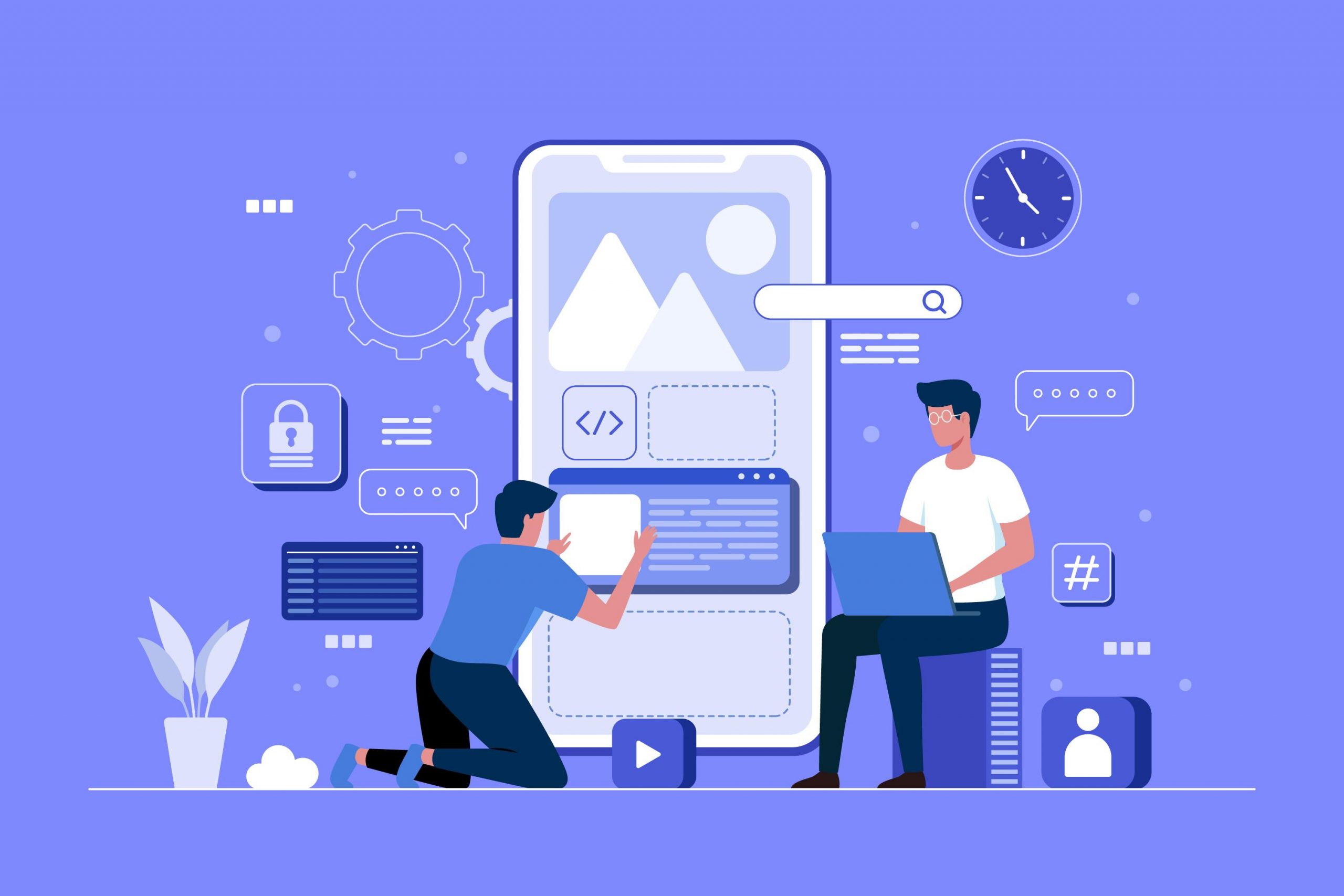Now Reading: First Steps to Creating Your Own App Without Coding
-
01
First Steps to Creating Your Own App Without Coding
First Steps to Creating Your Own App Without Coding

Creating your own app without the need to write a single line of code might sound intimidating, especially if you’re new to app development or technical jargon. But the truth is, with the rapid growth of no-code platforms and tools, bringing your app idea to life has become more accessible than ever. The journey from concept to deployment starts long before you touch any software; it requires careful planning, clear goals, and strategic decision-making. In this article, we’ll walk through the foundational steps to help you get started on your no-code app development journey confidently and effectively.
Embarking on Your App Development Journey: Understanding the Foundations and Setting Clear Goals Before Diving into No-Code Solutions
Before jumping into the technical aspects of building an app, it’s crucial to pause and lay a solid foundation. This initial phase is about understanding what you want to achieve, who your target users are, and what unique value your app will provide.
Clarify Your App’s Purpose
Start by asking yourself what problem your app aims to solve. Are you creating a productivity tool, a social platform, an e-commerce solution, or something else? Pinpointing your core idea helps you stay focused and ensures every feature aligns with your overarching goal.
Define Your Target Audience
Knowing who will use your app influences design choices, functionality, and marketing strategies. Think about your potential users’ age, tech-savviness, preferences, and needs. This understanding makes your app more tailored and engaging.
Brainstorm and Outline Core Features
Instead of trying to build everything at once, list the most essential features your app must have to fulfill its purpose. These core functionalities will serve as the blueprint for your development process and help you avoid scope creep.
Research Existing Solutions
Look into competitors or similar apps in your niche. What do they do well? What gaps or shortcomings exist? Identifying these will help you differentiate your app and add unique value.
Set Realistic Goals and Create a Roadmap
Be pragmatic about what you can achieve, especially if you’re new to app development. Break your project into manageable milestones — from wireframing and design to testing and launching. Having a clear roadmap keeps you organized and motivated.
Explore No-Code Platforms
Familiarize yourself with popular no-code tools such as Bubble, Adalo, Thunkable, or Glide. Each platform offers unique features, strengths, and limitations. For example:
- Bubble: Great for complex web apps with custom workflows.
- Adalo and Glide: Ideal for simpler, mobile-friendly apps with drag-and-drop interfaces.
- Thunkable: Suitable for cross-platform mobile apps.
Understanding these platforms’ capabilities helps you select the best fit for your app’s needs, saving you time and frustration later.
Learn Basic UX/UI Principles
Knowing fundamental design principles enhances usability and makes your app more attractive. Simple concepts like intuitive navigation, clarity, consistency, and visual hierarchy can significantly improve user experience.
Create Wireframes and Mockups
Sketching basic wireframes or mockups of your app’s main screens—using paper or digital tools like Figma or Canva—serves as a visual guide. These prototypes communicate your idea clearly and act as blueprints during the building phase.
Focus on the Foundation, Not Perfection
Remember, your initial goal isn’t to build a flawless product but to establish a strong foundation. Clarify your purpose, understand your audience, choose the right tools, and plan your development process carefully.
By investing time in these preparatory steps, you set yourself up for success. With a clear plan in place, you’ll be ready to move confidently into the actual building phase, knowing exactly what to create and how to do it without writing a single line of code.
From Idea to Action: Key Steps for Selecting the Right No-Code Platform, Designing Your App, and Preparing for Launch Before You Start Building
Now that you’ve laid the groundwork, it’s time to translate your ideas into action. Here are the essential steps to proceed effectively.
1. Choosing the Right No-Code Platform
The first decision is selecting the most suitable platform for your project. Consider:
- Complexity: Do you need a simple app or one with advanced workflows and integrations?
- Target Device: Will your app be web-based, mobile, or both?
- Budget and Scalability: How much are you willing to invest? Will your app need to grow significantly?
- Ease of Use: How steep is the learning curve? Do you prefer drag-and-drop tools or more customizable options?
For example, if you’re building a simple directory or quiz app, Glide or Thunkable might be enough. For more feature-rich, multi-functional apps, Bubble offers more flexibility.
2. Designing Your App
Leverage your wireframes to build a prototype within your chosen platform:
- Use drag-and-drop interfaces to assemble screens.
- Add necessary functionalities such as buttons, forms, and navigation.
- Test the flow from one screen to another, ensuring a smooth user experience.
3. Preparing for Launch
Before going live:
- Test thoroughly: Gather feedback from friends, potential users, or colleagues. Look for bugs, usability issues, or confusing elements.
- Optimize user experience: Make necessary adjustments based on feedback. Simplify navigation or tweak visual design if needed.
- Set up analytics: Incorporate tools like Google Analytics or platform-specific tracking to monitor user behavior.
- Plan your marketing: Think about how you will promote your app—via social media, email campaigns, or community outreach.
4. Building and Iterating
Once you’re satisfied with your prototype:
- Use your platform’s tools to build the final version.
- Keep iterating based on user feedback and data insights.
- Prepare for deployment by configuring hosting, domain, or app store listings if applicable.
Final Thoughts
Creating your own app without coding is entirely achievable when approached with a strategic mindset. By understanding the fundamentals—clarifying your purpose, defining your audience, and choosing the right tools—you set yourself on a clear path toward launch. Remember, the key is start small, learn as you go, and continuously refine your product based on user feedback. With patience, persistence, and a structured approach, you’ll turn your app idea into a reality that users love—without writing a single line of code. So take that first step today, and watch your concept come to life!










